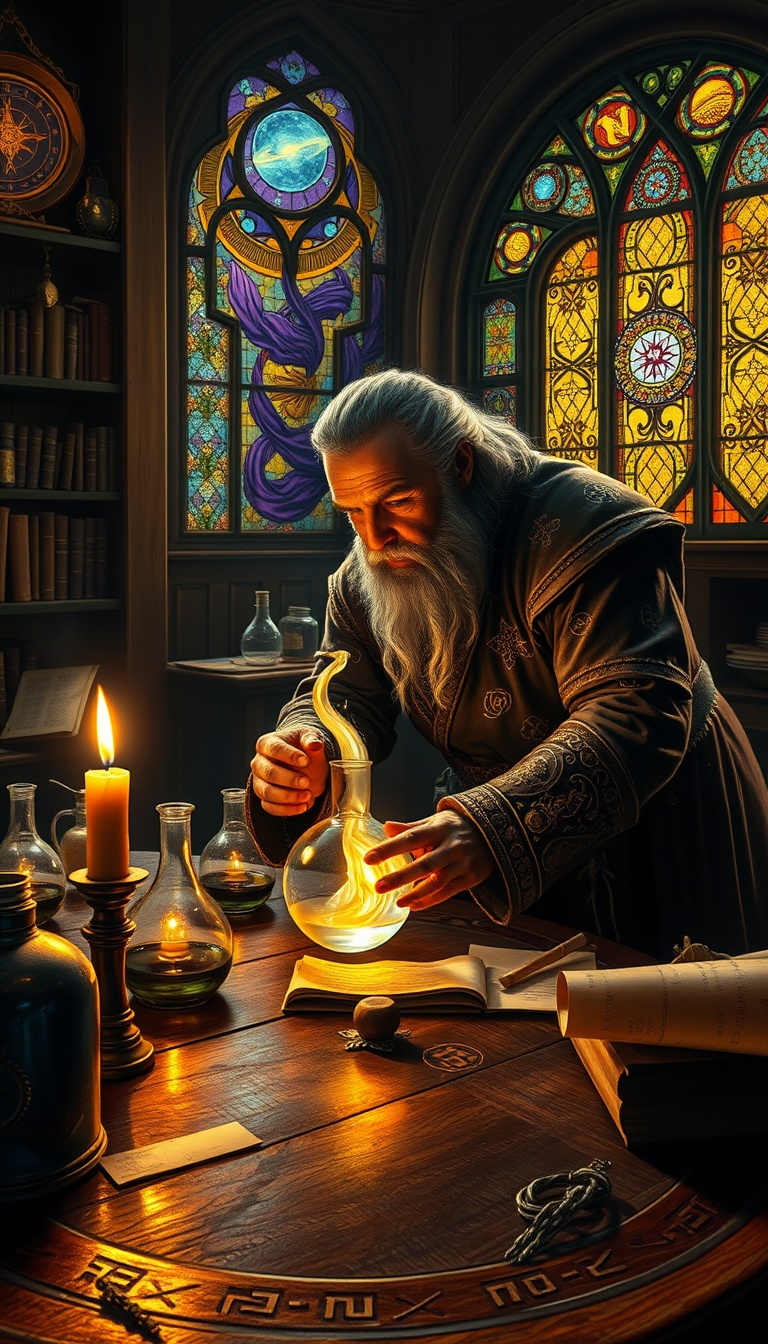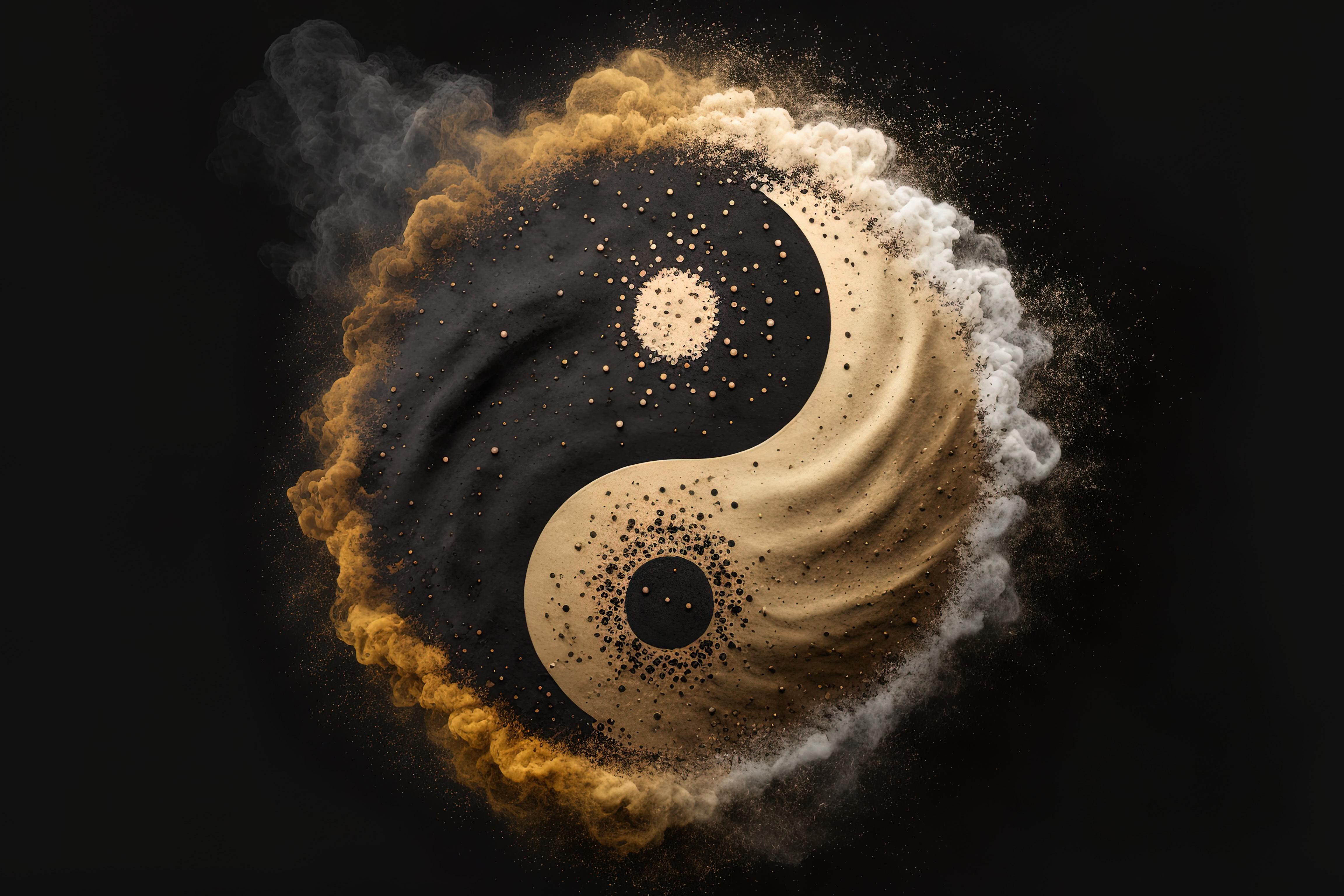Yin and Yang
Yin and Yang: The Balance of Opposites
Yin and Yang (阴阳) is an ancient Chinese philosophical concept that describes the dual nature of existence. It represents the interconnected and complementary forces in the universe, symbolizing balance and harmony in all aspects of life.
1. Understanding Yin and Yang
-
Yin (阴) – The dark, passive, feminine, and receptive force.
-
Yang (阳) – The bright, active, masculine, and expansive force.
Neither is superior; instead, they exist in a constant dance, influencing and balancing each other.
Examples of Yin and Yang in Nature:
| Yin (阴) | Yang (阳) |
|---|---|
| Night 🌙 | Day ☀️ |
| Cold ❄️ | Heat 🔥 |
| Stillness 🧘 | Movement 🏃 |
| Moon 🌕 | Sun 🌞 |
| Softness | Hardness |
| Water 🌊 | Fire 🔥 |
| Feminine | Masculine |
2. The Yin-Yang Symbol (Taijitu – 太极图)
The classic ☯️ symbol shows a circle divided into two swirling halves:
-
The black side (Yin) contains a white dot (Yang), and the white side (Yang) contains a black dot (Yin).
-
This represents how each force contains a seed of the other and how they are never completely separate.
3. The Dynamic Balance of Yin and Yang
Yin and Yang are not static but constantly shifting:
-
Too much Yang (excess energy, stress, overwork) leads to burnout.
-
Too much Yin (stagnation, lethargy, lack of motivation) leads to inactivity.
-
True harmony comes from balancing both.
4. Yin-Yang in Daily Life
-
Health & Wellness – Traditional Chinese Medicine (TCM) believes illness results from an imbalance in Yin and Yang. Practices like acupuncture, herbal medicine, and Tai Chi aim to restore balance.
-
Diet – Cooling foods (Yin) like cucumber balance heating foods (Yang) like ginger.
-
Exercise – Intense workouts (Yang) should be balanced with rest and recovery (Yin).
-
Emotions – Overactivity (Yang) should be countered with calmness (Yin) for mental well-being.
Conclusion: Living in Harmony with Yin and Yang
The key to a balanced life is understanding when to push forward (Yang) and when to rest (Yin). By applying this principle, we can create harmony in our bodies, minds, relationships, and the world around us.
Links:
Links:




